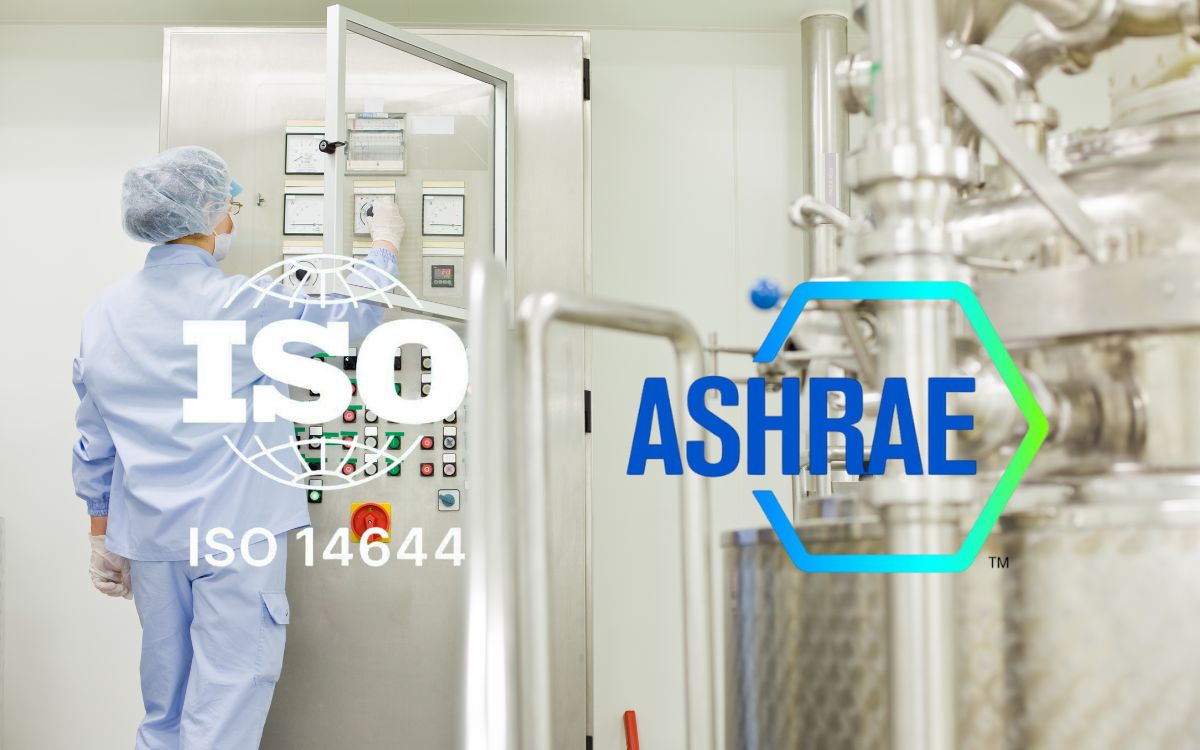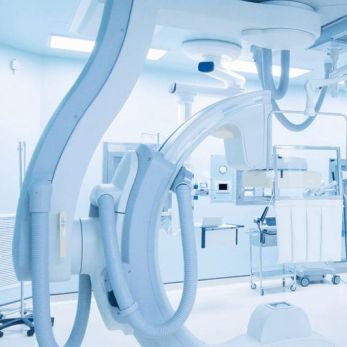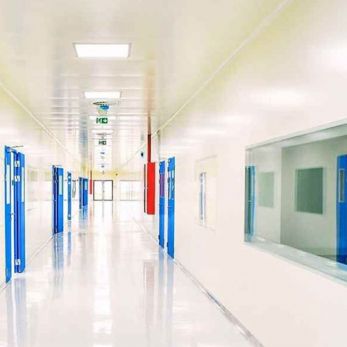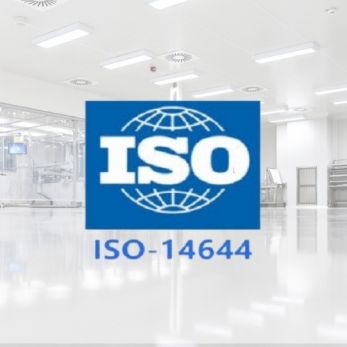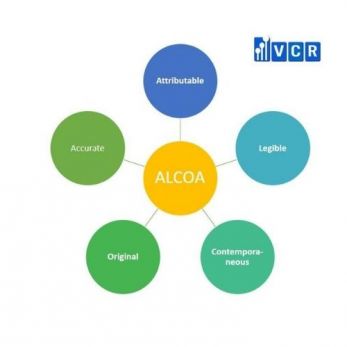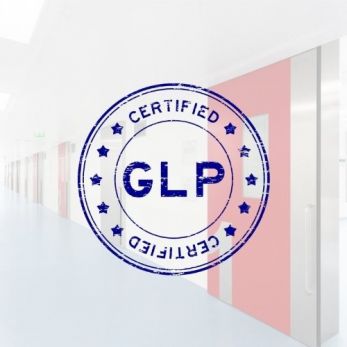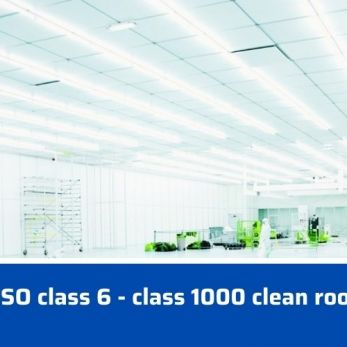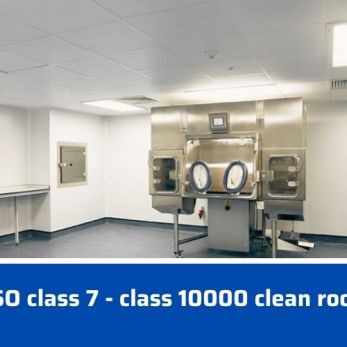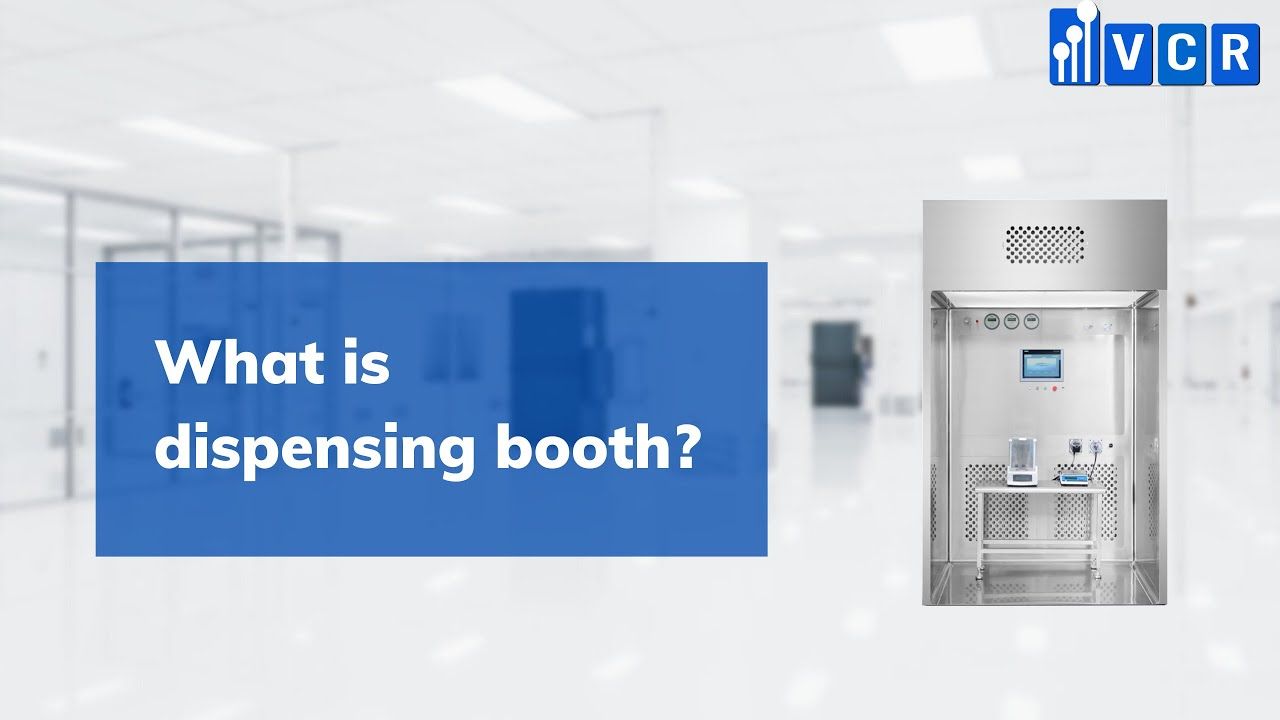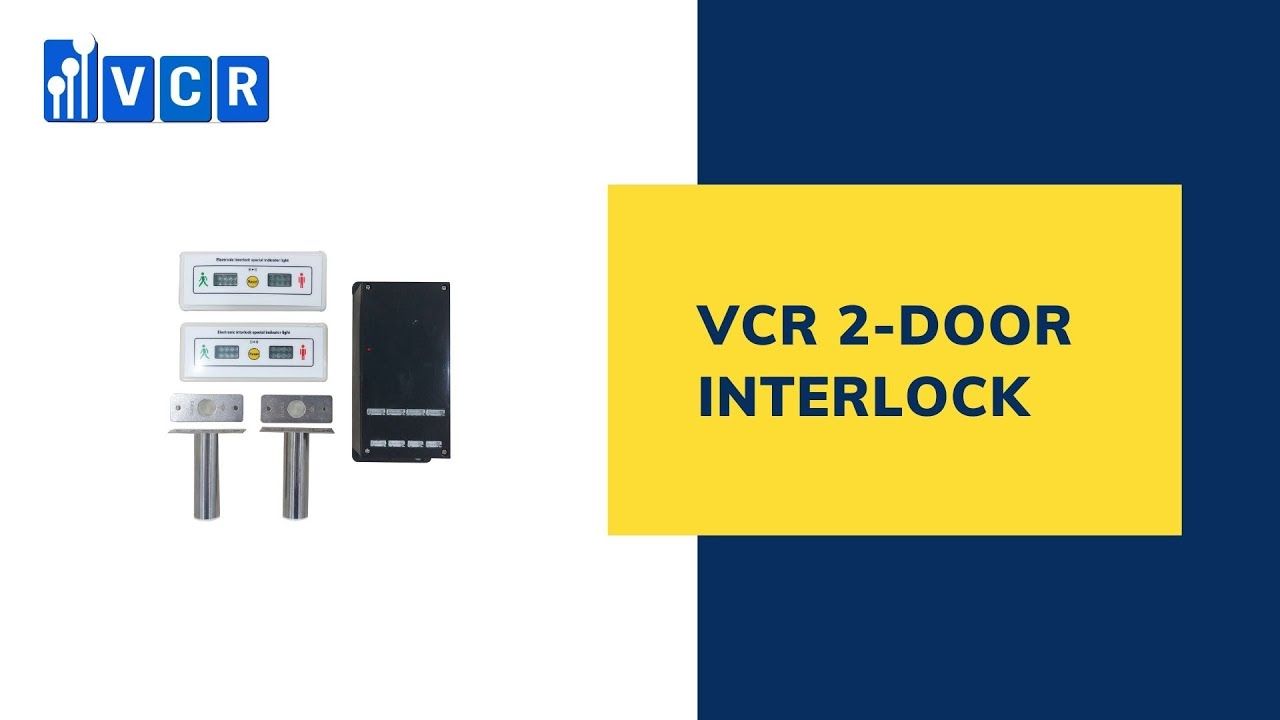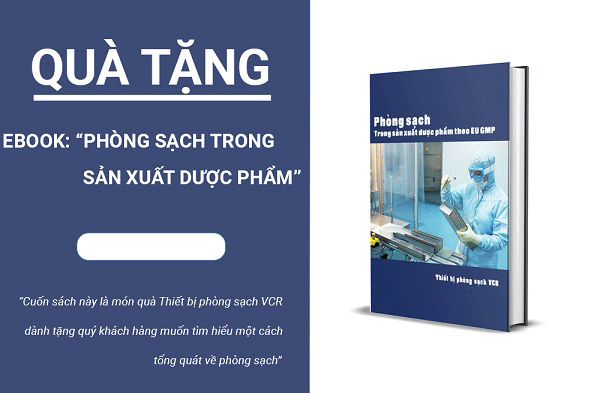Comparing Airflow Standards: ISO 14644 vs ASHRAE
In cleanrooms, airflow is a decisive factor in the level of cleanliness and efficiency of HVAC. So, comparing airflow standards: ISO 14644 vs ASHRAE, what is the difference? This article will analyze the role, scope of application and complementarity of these two standards in the design and operation of cleanroom systems.
- 1. Overview of ISO 14644 and ASHRAE Standards
- 2. Comparing ISO 14644 and ASHRAE
- 3. Application of ISO 14644 and ASHRAE Standards by Industry
- 4. Which Standard Should You Choose When Designing a Cleanroom HVAC System?
- 5. Frequently Asked Questions About ISO 14644 and ASHRAE in Cleanroom Design
- 6. Are You Unsure Which Standard to Use for Your Cleanroom Project?
1. Overview of ISO 14644 and ASHRAE Standards
In the design and operation of cleanroom systems, two frequently referenced standards are ISO 14644 and ASHRAE. Each serves a different purpose, but both play a critical role in ensuring cleanliness levels and HVAC system efficiency.
What is ISO 14644?
ISO 14644 is an international standard that defines classifications for cleanroom cleanliness based on airborne particle concentration. It is a core guideline for contamination control in high-standard environments such as:
- GMP-certified pharmaceutical plants
- Electronic and semiconductor cleanrooms
- Microbiology research laboratories
The ISO 14644 series includes parts (e.g., ISO 14644-1, ISO 14644-3) that focus on measurement, testing, and verification of cleanliness levels.
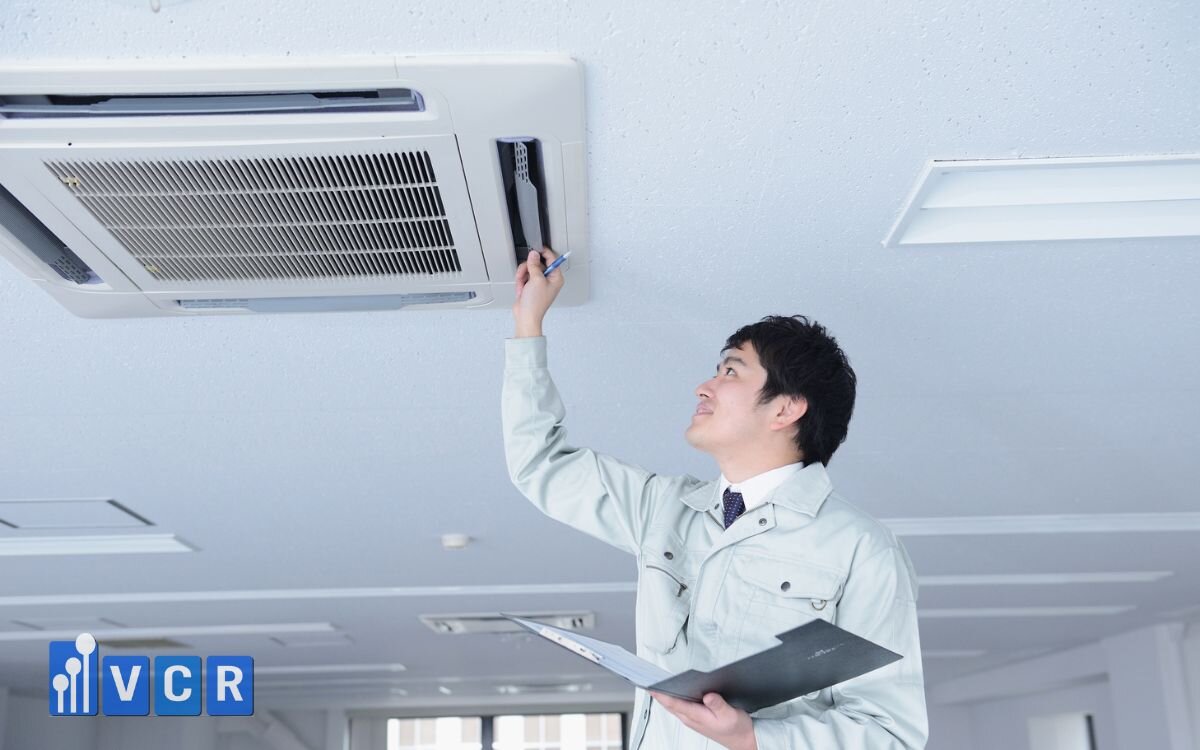
What is ASHRAE?
ASHRAE stands for the American Society of Heating, Refrigerating and Air-Conditioning Engineers. It publishes technical standards for:
- HVAC (Heating, Ventilation, and Air Conditioning) system design
- Control of airflow, humidity, pressure, and energy efficiency
ASHRAE standards are essential when designing cleanroom air supply systems, helping to:
- Achieve airflow that meets cleanroom classification requirements
- Balance energy consumption and operating costs
- Maintain temperature and humidity stability per process needs
Quick Comparison Table: ISO 14644 vs ASHRAE
|
Criteria |
ISO 14644 |
ASHRAE |
|
Objective |
Assess and control air cleanliness |
Optimize HVAC system design |
|
Application |
Cleanrooms (pharmaceuticals, electronics, food) |
Industrial HVAC and ventilation systems |
|
Main Content |
Cleanliness classification (ISO 1-9) |
Airflow rate, pressure, humidity, energy load |
|
Target Users |
QA/QC, cleanroom operations engineers |
HVAC engineers, system designers, MEP consultants |
2. Comparing ISO 14644 and ASHRAE
Although both are related to air quality control in clean environments, ISO 14644 and ASHRAE serve distinct roles. Below are five key comparison points to help select and apply the correct standards.
2.1 Control Objectives
ISO 14644: Focuses on airborne particle control, aiming to meet cleanliness levels defined by ISO Classes 1 to 9. Essential for avoiding contamination in sensitive industries.
ASHRAE: Focuses on designing energy-efficient HVAC systems that balance performance, cost, and indoor environmental conditions (temperature, humidity, pressure).
2.2 Measurement Units and Technical Criteria
ISO 14644: Measures particle concentration in particles/m³, typically ≥0.5 µm. Example: ISO Class 7 allows up to 352,000 particles ≥0.5 µm/m³.
ASHRAE: Uses CFM (cubic feet per minute) and ACH (air changes per hour) to calculate required airflow for optimal air exchange.

2.3 Application in Airflow System Design
ISO 14644: Sets the target cleanliness level.
ASHRAE: Provides the methodology and design parameters to achieve it - airflow rate, filter types, pressure control, FFU/HEPA layout, etc.
Combining both standards is optimal: ISO defines "how clean it must be", while ASHRAE designs "how to achieve that cleanliness".
2.4 Role in Cleanroom Project Lifecycle
|
Project Stage |
ISO 14644 |
ASHRAE |
|
Design Phase |
Does not guide detailed design |
Provides detailed HVAC design parameters |
|
Operation Phase |
Measures and evaluates cleanliness |
Maintains stable environmental control |
|
Validation Phase |
Mandatory for GMP audits |
Optional but provides strong design support |
2.5 Flexibility and Scalability
ISO 14644: Rigid, mandatory in GMP and high-grade cleanrooms, requiring strict contamination control.
ASHRAE: More flexible, allowing adjustments for industry, regional climate, energy needs, or facility scale.
3. Application of ISO 14644 and ASHRAE Standards by Industry
No single standard fits all industries. Each field has specific requirements for cleanliness, environmental control, and energy efficiency. The choice between ISO 14644, ASHRAE-or a combination-depends on industry needs and compliance requirements.
Industry-specific Applications
|
Industry |
Preferred Standards |
Notes |
|
Pharmaceuticals (GMP) |
ISO 14644 |
Must meet ISO Class 7-8. Strict particle control to prevent cross-contamination. |
|
Cosmetics |
ISO 14644 + ASHRAE |
Clean conditions required, but with energy-efficient HVAC operation. |
|
Food |
ASHRAE + HACCP |
Priority on temperature, humidity, and airflow. ISO applies to sterile zones. |
|
Electronics |
ISO 14644 (Class 4-5) |
Extremely clean conditions (e.g., 0.1 µm control), mandatory use of FFU, HEPA. |
Pharmaceuticals (EU-GMP, WHO-GMP)
Main standard: ISO 14644
Why: Clean classification required for weighing rooms, packaging, and airlocks at ISO 7-8.
ASHRAE’s role: Supports HVAC design with airflow rates ≥ 20-30 ACH while maintaining energy efficiency.
Cosmetics (ISO 22716, GMP)
Standards used: ISO 14644 + ASHRAE
Why: Products are sensitive to dust, hair, and microbiological contamination. Cleanliness required, but not extreme. Air system can be optimized by season or region.
Recommended approach: Combine Pass Box, Air Shower, Interlock + modular HVAC for cost efficiency.
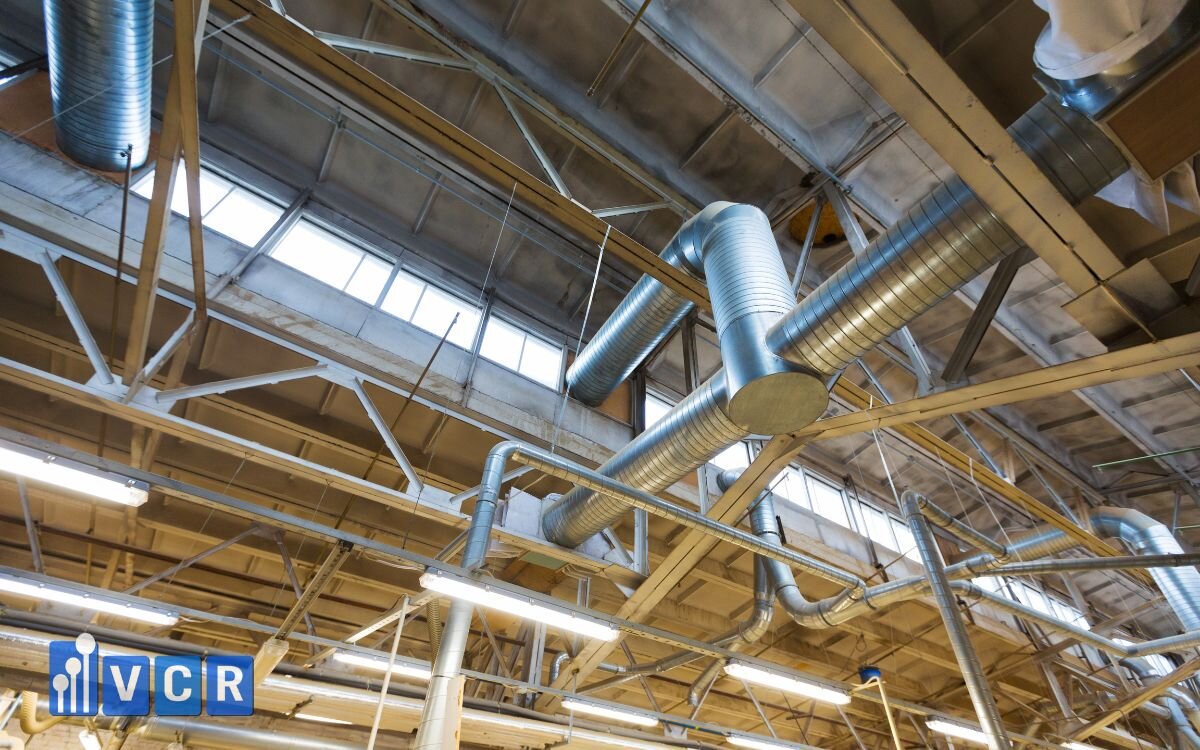
Food (HACCP, ISO 22000)
Standards used: ASHRAE + HACCP
Why: Focus on controlling temperature, humidity, and odor. ISO 14644 may apply in specific clean areas.
Tip: Prioritize unidirectional airflow, proper gowning areas, and control parameters like ACH, RH, Temp based on ASHRAE.
Electronics - Semiconductors (SMT, ISO 4-5 Cleanrooms)
Standard used: ISO 14644 Class 4-5
Why: Ultra-fine dust must be eliminated to protect PCB and chips.
ASHRAE’s role: Used to design stable airflow for SMT process to avoid turbulence.
Implementation: FFU, HEPA Box, ESD control, static pressure, and positive pressurization with high precision.
4. Which Standard Should You Choose When Designing a Cleanroom HVAC System?
During the design of a cleanroom HVAC system, one of the most common questions is:
“Should I apply ISO 14644 or ASHRAE standards?”
Short answer:
You should combine both.
Each standard plays a different role throughout the full lifecycle of cleanroom system design, operation, and validation.
Complementary Roles of Each Standard
|
Standard |
Role in HVAC System Design |
|
ISO 14644 |
Defines the "cleanliness level to be achieved" - based on particle concentration in air (ISO Class 1-9) |
|
ASHRAE |
Defines "how to achieve that level" - via airflow (CFM), air velocity, ACH, humidity, pressure, etc. |
How to Combine ISO & ASHRAE in HVAC Design
- Step 1: Define the required cleanliness class
→ Based on industry regulations (GMP, ISO 22716, HACCP...), select ISO Class 7, 8, or higher. - Step 2: Use ISO 14644 to calculate required air volume (ACH)
→ Refer to ISO guidelines to determine the required number of air changes per hour. - Step 3: Apply ASHRAE to design the HVAC system
→ Determine air volume, filter type, duct sizing, return air setup, and energy efficiency methods. - Step 4: Validate stability using both standards
→ ISO measures cleanroom performance, while ASHRAE ensures long-term stable operation.
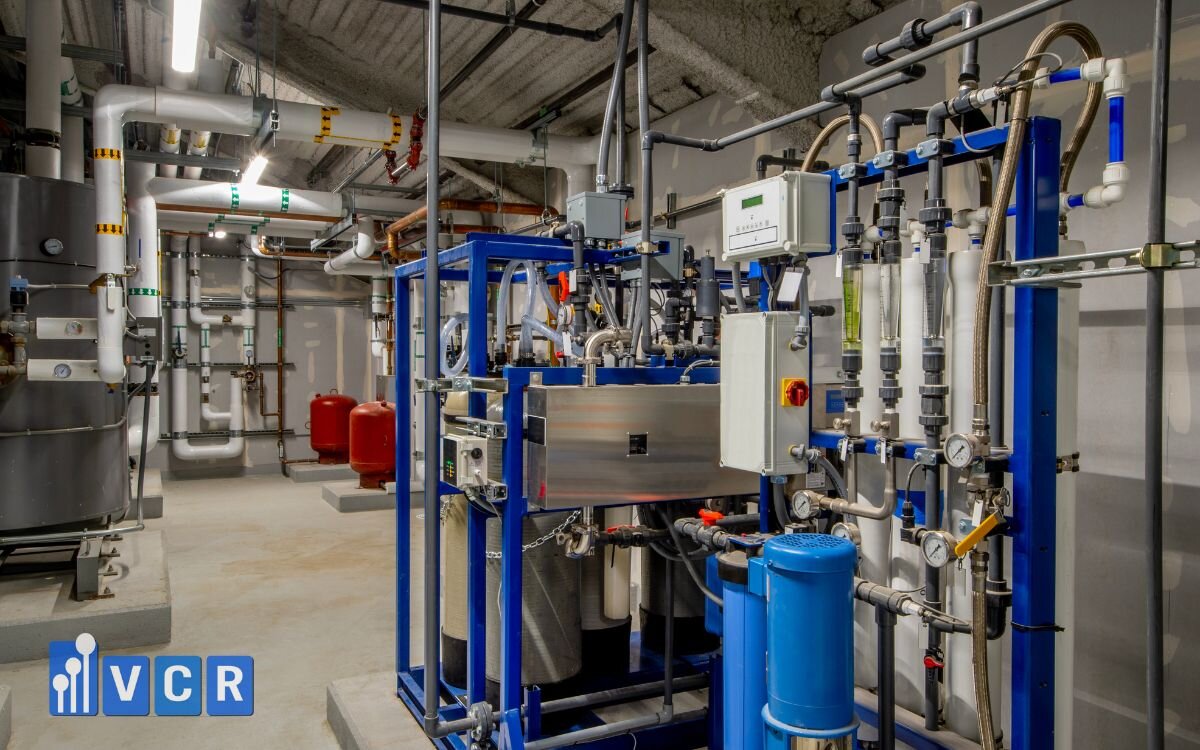
Expert Advice from VCR
Don’t choose just one standard-apply both according to their roles:
- ISO 14644 helps QA and GMP teams verify cleanliness compliance.
- ASHRAE helps engineers build HVAC systems that are efficient, stable, and energy-saving.
5. Frequently Asked Questions About ISO 14644 and ASHRAE in Cleanroom Design
1. Can I use just one of the two standards?
Not recommended.
Each standard serves a unique purpose:
- ISO 14644 defines technical requirements for air cleanliness.
- ASHRAE supports the HVAC design to meet those requirements effectively.
Using both ensures optimal technical performance, cost efficiency, and long-term sustainability.
2. Is ASHRAE mandatory for cleanrooms?
Not mandatory, but highly important.
ASHRAE is not a formal requirement for GMP or ISO 14644 audits, but it provides a foundational design framework for:
- Air volume (CFM)
- Velocity through HEPA filters
- Air changes per hour (ACH)
- Energy performance
Using ASHRAE ensures stable operation, power efficiency, and fewer validation failures.
3. Does ISO 14644 affect the selection of FFU or HEPA Box?
Yes-and significantly.
The ISO Class (5, 7, 8...) directly determines:
- The number of FFUs or HEPA Boxes required per area
- The type of filters used (HEPA H13, H14, or ULPA)
- The airflow configuration, pressure settings, and filter coverage
Choosing the wrong ISO Class or incompatible devices can easily cause failures during GMP or ISO audits.
6. Are You Unsure Which Standard to Use for Your Cleanroom Project?
Designing your HVAC system right from the start is critical to:
- Achieving GMP/ISO compliance on the first validation attempt
- Optimizing performance, energy use, and equipment lifespan
- Avoiding costly errors in design and operation
Let VCR's Cleanroom Experts Guide You:
- Consult on choosing the right ISO Class based on your industry and facility size
- Design an ASHRAE-compliant HVAC system that saves energy
- Recommend the right FFU, HEPA Box, and auxiliary equipment configuration
Hotline: 090.123.9008
Email: [email protected]
Website: https://vietnamcleanroom.com/
Diep VCR






